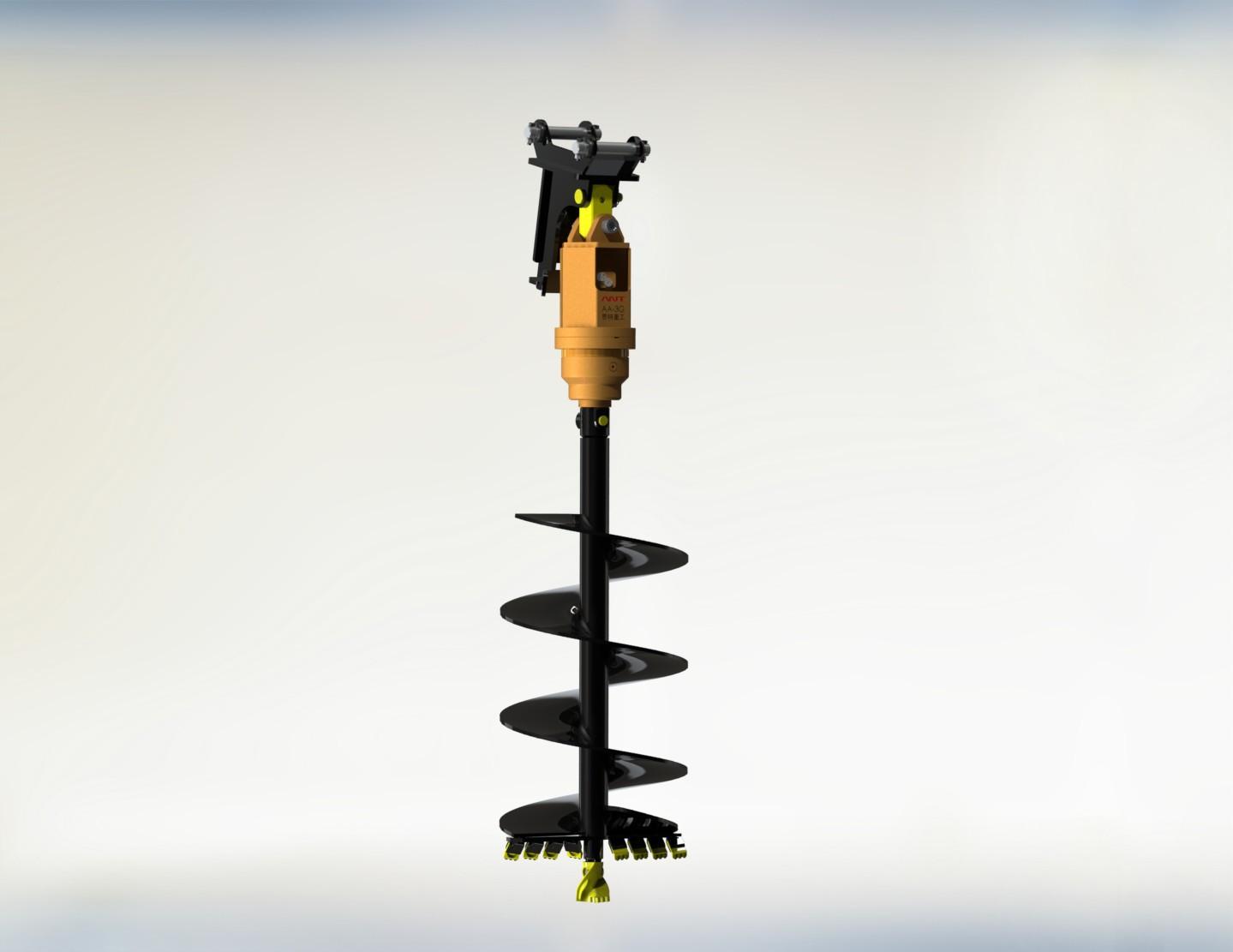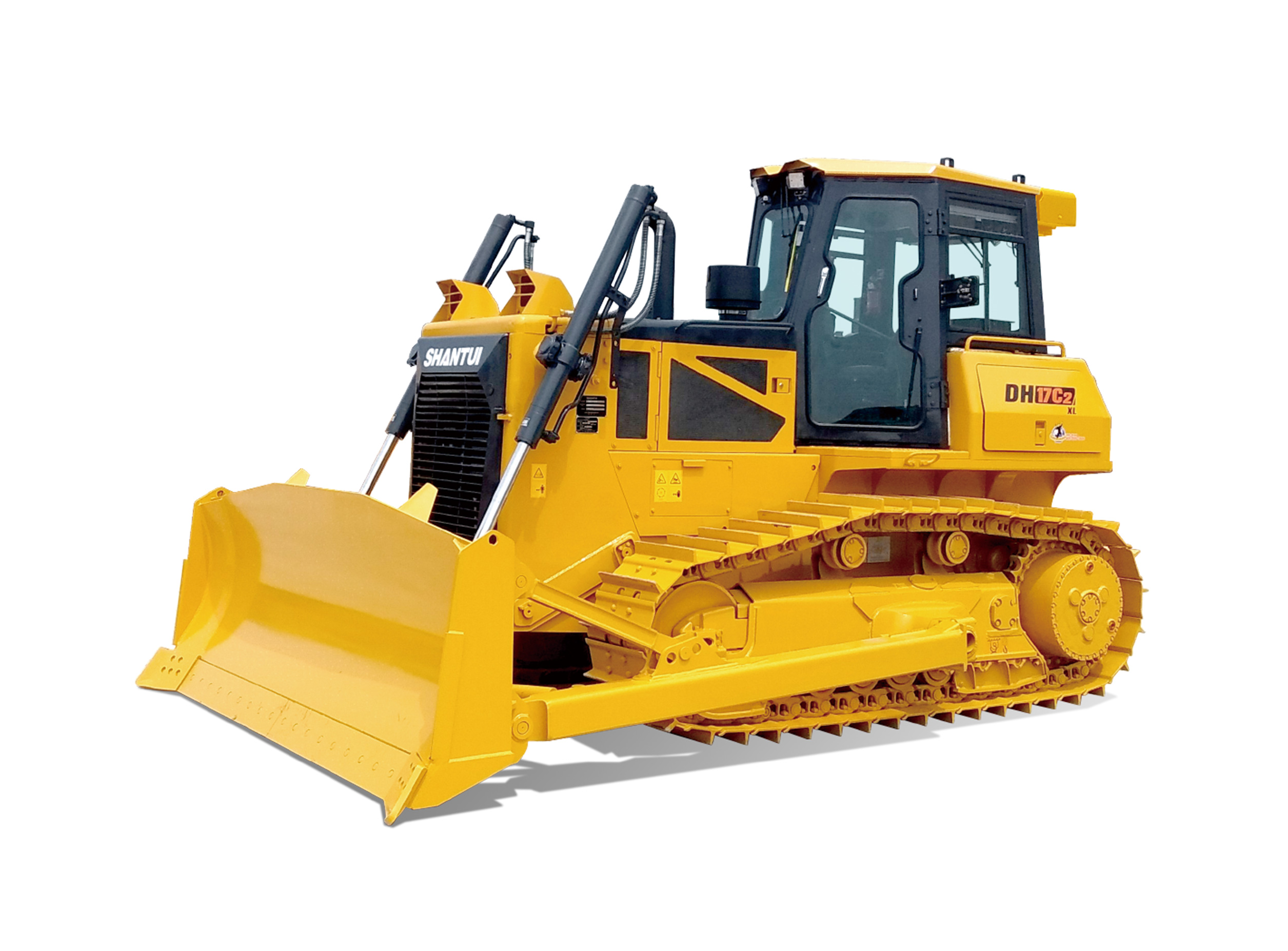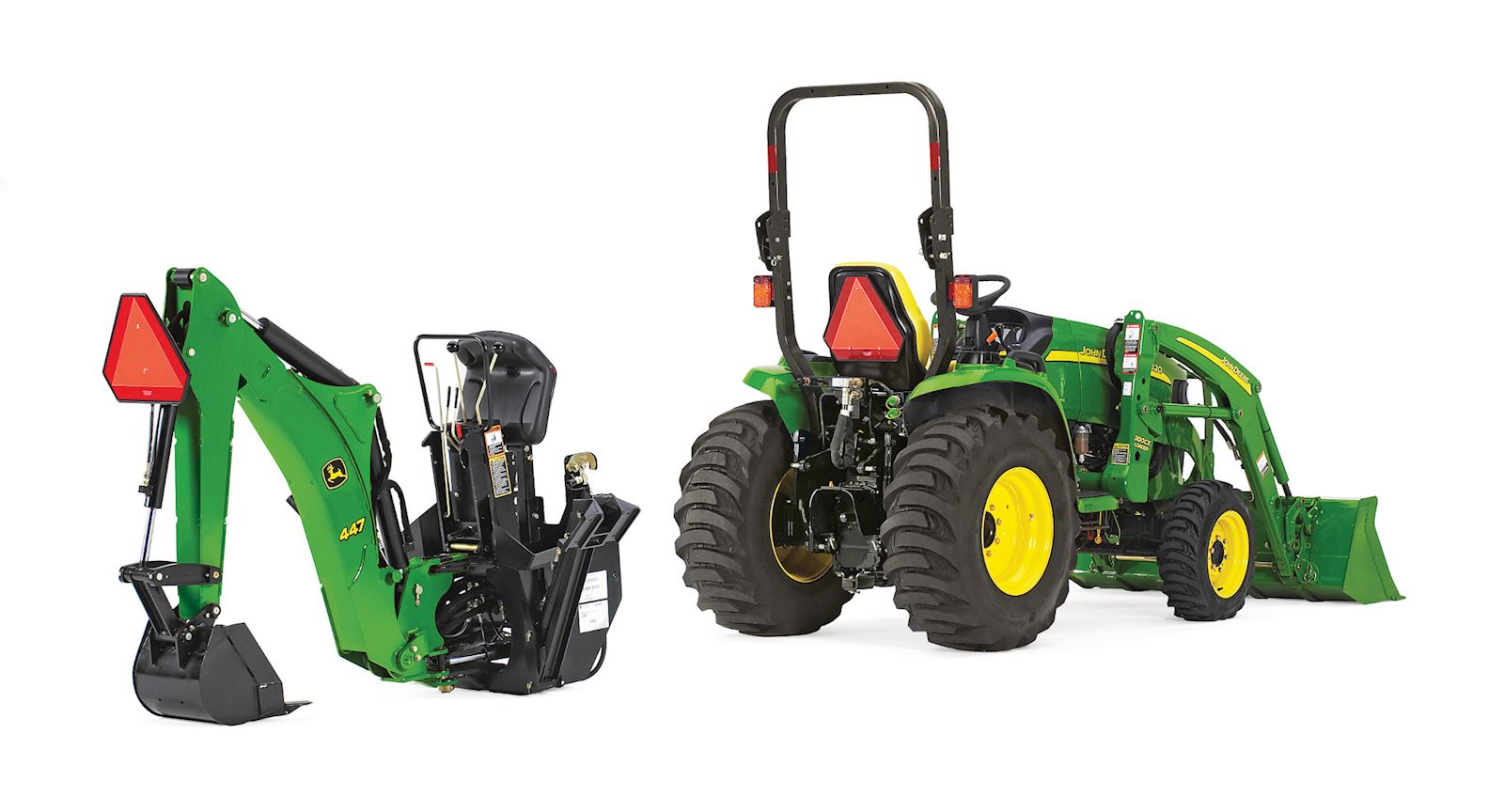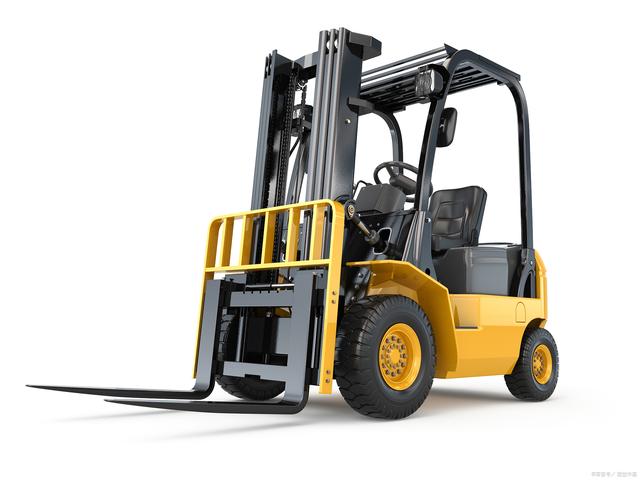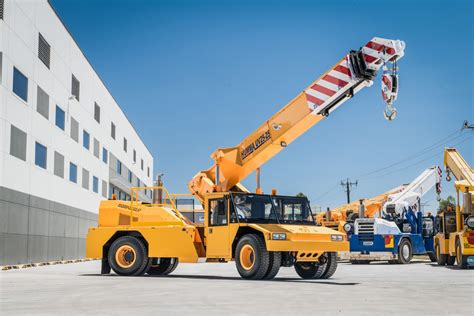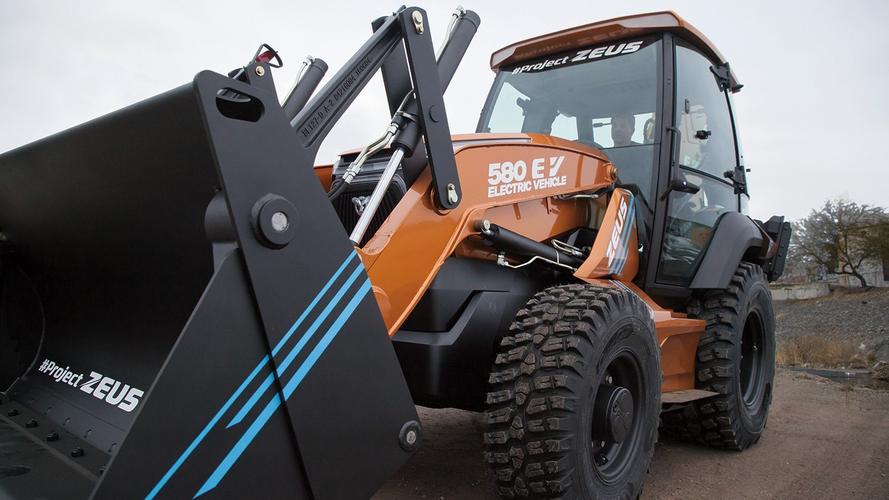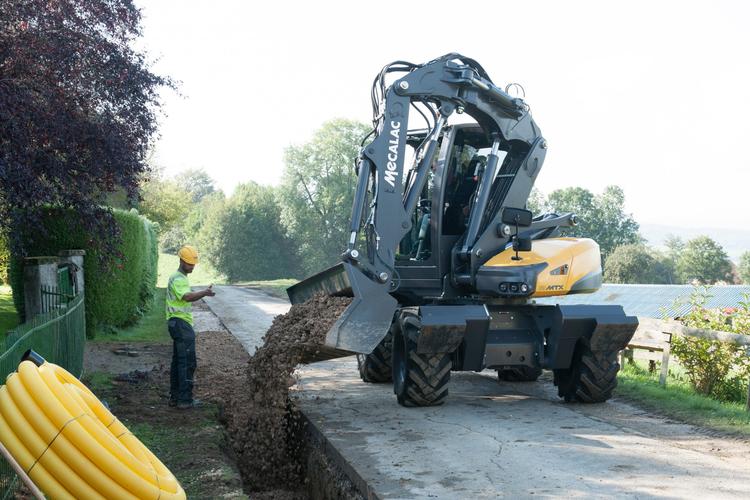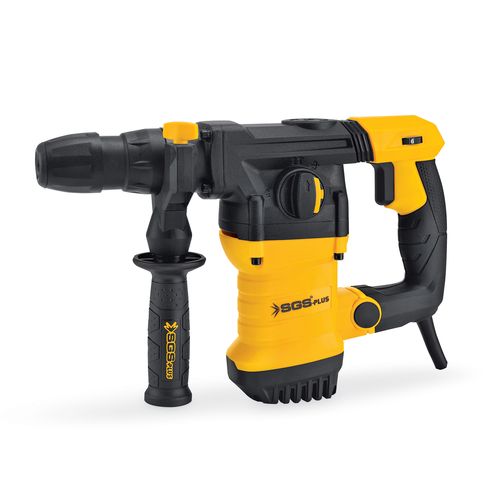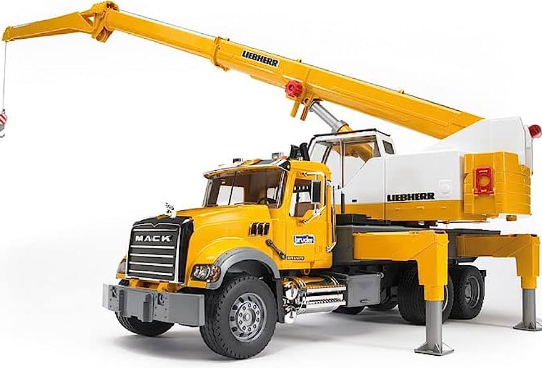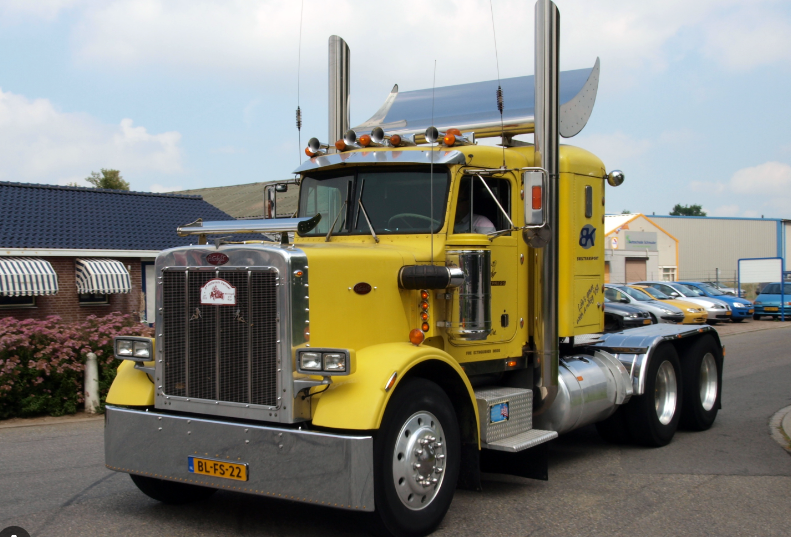how to transport a tractor
Release time:2023-09-21 21:19:51
Page View:
author:Yuxuan
Transporting a tractor can seem like a daunting process, especially if you have little experience with moving heavy machinery. However, with some careful planning, the right equipment, and understanding the regulations that apply to your area, transporting a tractor can be a smooth and stress-free operation. This article will provide you with practical advice on how to transport a tractor safely.
Preparation
Before transporting your tractor, it’s essential to prepare it properly. Begin by cleaning the tractor thoroughly; this will help ensure that nothing comes loose during the journey. Next, check that all bolts, nuts, and fasteners are tightened, and the battery is securely fastened. It’s also a good idea to remove any attachments or implements that are not needed for the journey.Equipment for Transporting a Tractor
When transporting a tractor, it’s essential to have the right equipment to ensure that the trip is successful, and the tractor is safe. Depending on the size and weight of your tractor, you may need a heavy-duty trailer, a truck with a flatbed, or specialized equipment such as a lowboy or drop-deck trailer. It’s essential to make sure that the vehicle’s load capacity is adequate for the weight and size of your tractor. You might also need a winch or crane to load the tractor onto the trailer and secure it in place.Securing the Tractor for Transport
Securing the tractor for transport is crucial to ensure that it doesn’t move during the journey, which could cause significant damage. Begin by using chains or straps to secure the tractor to the trailer. Attach them to the tractor's axles, frame, or other solid points that won't bend or break under the load. Avoid attaching them to the wheels or any moving part of the tractor. Once the chains or straps are in place, make sure the tractor is balanced, and the weight is distributed evenly on the trailer. Use blocks if necessary to prevent shifting during the journey.Regulations and Permits
Different states or regions have specific laws and regulations that govern the transportation of heavy machinery, including tractors. Before setting off, ensure that you familiarize yourself with any requirements or permits that may apply to your journey, such as weight restrictions, specific routes, and traffic permits. Failing to do so might lead you to incur penalties or fines, which could delay or interrupt your journey.Conclusion
Transporting a tractor isn’t something that should be taken lightly. It’s essential to adhere to all safety guidelines and regulations that apply to your area. By preparing adequately, securing the tractor using the right equipment and following regulations, you can ensure a safe, successful journey, and your tractor will arrive at the destination undamaged and ready for work.

